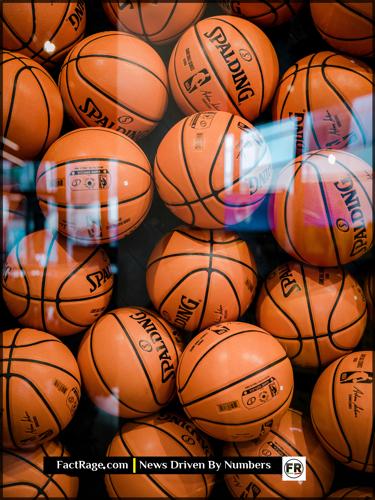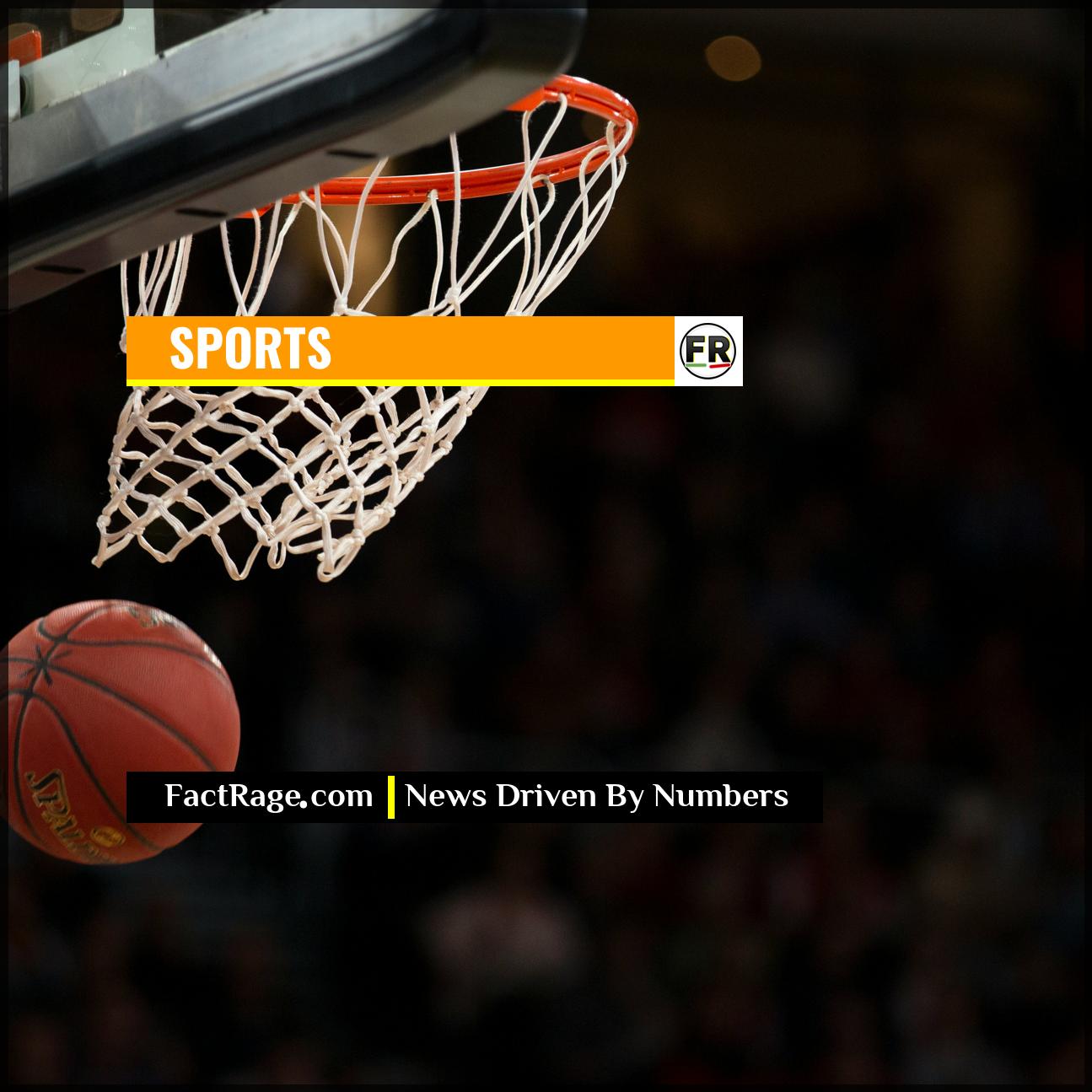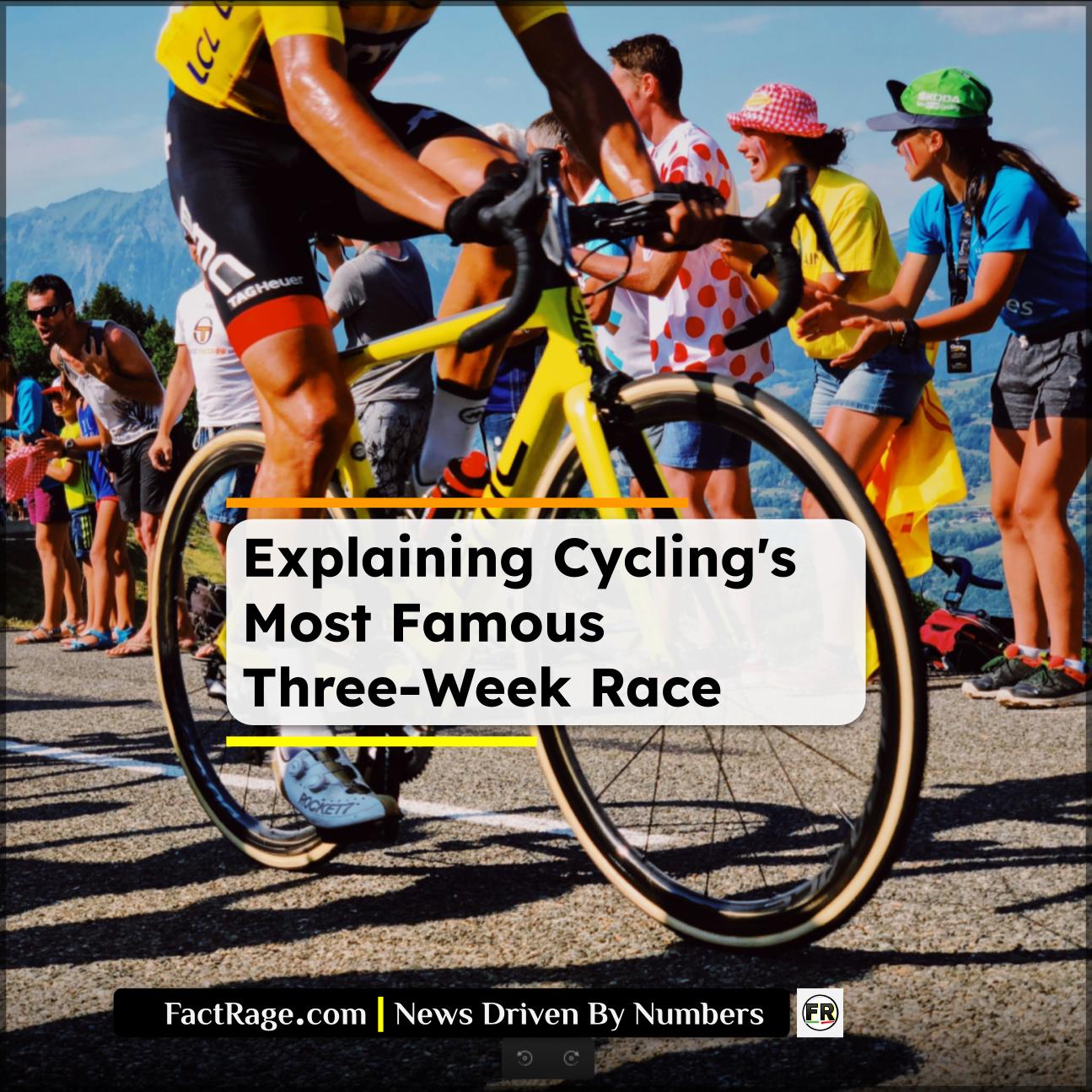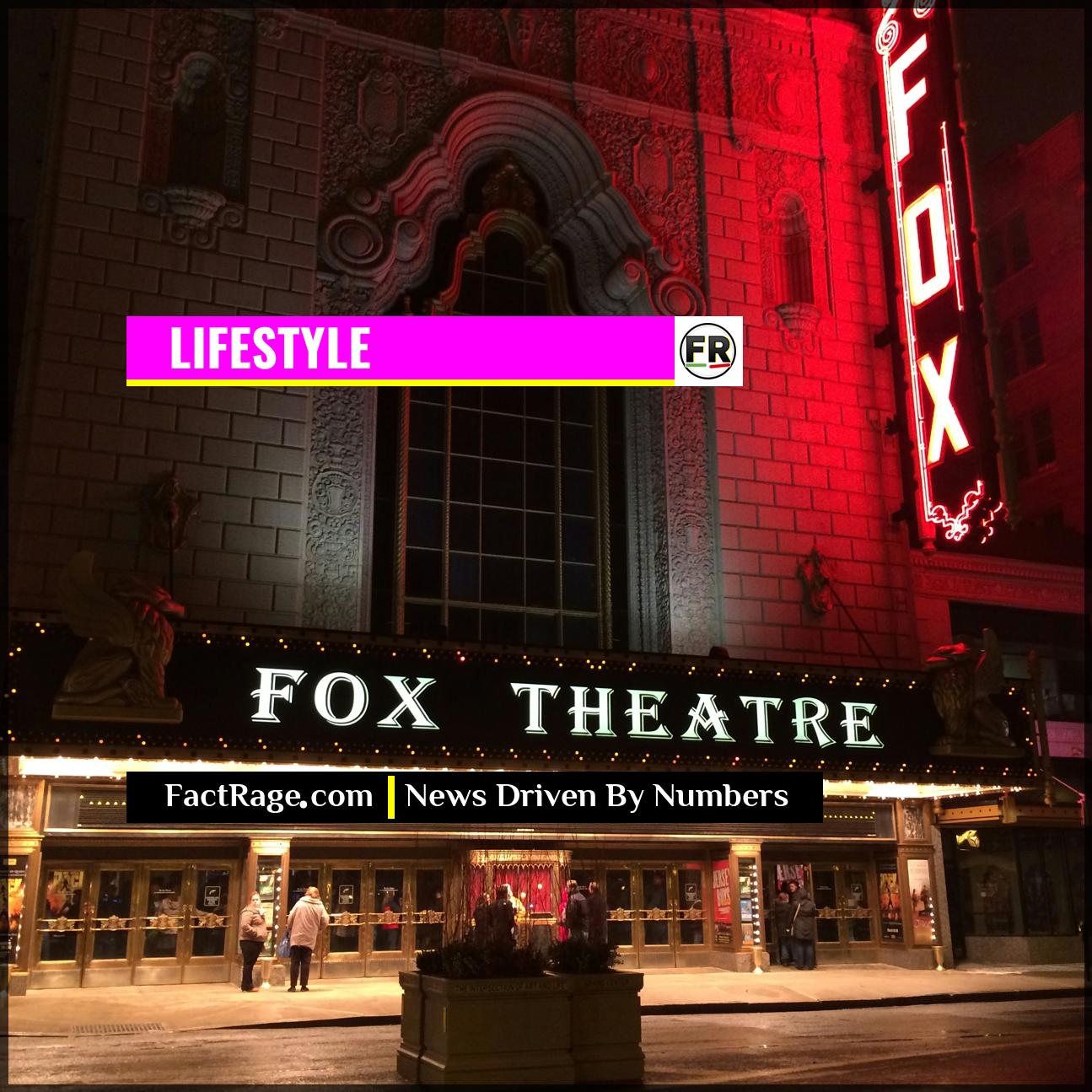FACTRAGE – The constant stream of search queries asking “is Caitlin Clark playing tonight” has become more than a pre-game ritual; it’s a clear signal of a seismic shift in the business and media landscape surrounding professional sports.
- Massive Viewership and Attendance Growth – WNBA games, particularly those involving the Indiana Fever, have seen record-breaking television viewership and attendance, with some road games moved to larger NBA arenas to meet ticket demand.
- Media Coverage and Rights Overhaul – Major networks are adjusting broadcast schedules to nationally televise more Indiana Fever games, and the WNBA’s negotiating power for its next media rights deal has increased substantially.
- A New Model for Athlete Brands – Clark’s success demonstrates the power of the “creator economy” model in sports, where an athlete’s personal brand, cultivated in college, can directly translate into massive commercial value for an entire league.
The phenomenon surrounding the Indiana Fever’s rookie guard is not just about one player’s talent. It represents a pivotal moment where individual star power, media dynamics, and consumer demand are converging to reshape an entire professional sports league in real time.
From Search Query to Sold-Out Arenas: Clark’s Quantifiable Impact
The most direct measure of the “Caitlin Clark Effect” is found in the numbers. Before her arrival, the WNBA’s average viewership hovered around 500,000 per game. In the 2024 season, Indiana Fever games broadcast on major networks like those owned by The Walt Disney Com pany (ESPN, ABC) and Paramount (CBS) have frequently drawn audiences exceeding 1.5 to 2 million viewers, with some matchups setting all-time WNBA regular-season ratings records.
pany (ESPN, ABC) and Paramount (CBS) have frequently drawn audiences exceeding 1.5 to 2 million viewers, with some matchups setting all-time WNBA regular-season ratings records.
This surge isn’t limited to television screens. The Indiana Fever are a top draw both at home and on the road. Opposing teams like the Las Vegas Aces and Washington Mystics have moved their home games against the Fever to larger, NBA-sized arenas to accommodate the unprecedented demand for tickets. On secondary markets, the average price for a WNBA ticket has more than doubled, with prices for Fever games skyrocketing even higher. What does this immediate, tangible return on investment mean for how leagues and teams evaluate future draft prospects?
The Media Scramble: How One Player Forced a Broadcast Rethink
The media’s response has been swift and decisive. In an unprecedented move, 36 of the Indiana Fever’s 40 regular-season games in 2024 were slated for national broadcast or streaming service distribution. Networks are actively flexing games into primetime slots, a clear indication that Clark is considered a top-tier media asset, on par with established stars in other major sports leagues.
This attention comes at a critical time. The WNBA is currently negotiating a new media rights deal, set to begin in 2026. The league’s current deal is reportedly worth around $60 million annually. Analysts project the new deal, supercharged by the proven audience Clark commands, could easily top $100 million per year, and perhaps much more. This raises a central question for the league: how can it leverage this moment to secure a deal that provides long-term financial stability and growth for all 12 (and soon to be more) franchises?
More Than an Athlete: Clark, Personal Brands, and the New Sports Economy
Caitlin Clark’s rise is a powerful case study in the modern creator economy. She entered the WNBA not as a new talent to be discovered, but as a fully-formed brand with a massive, built-in audience from her record-shattering college career. This loyal following transitioned with her to the professional level, bringing millions of new and returning fans to the WNBA.
Her portfolio of blue-chip endorsement deals with companies like Nike, Gatorade (a PepsiCo brand), and State Farm, signed before and immediately after she was drafted, underscores her immense marketability. Clark is not just lifting her team; she is elevating the commercial profile of all WNBA players. Her success provides a new blueprint for how athletes, particularly female athletes, can leverage their platforms to build powerful personal brands that drive business for themselves and their leagues. The dynamic has shifted from leagues building stars to stars building leagues.














